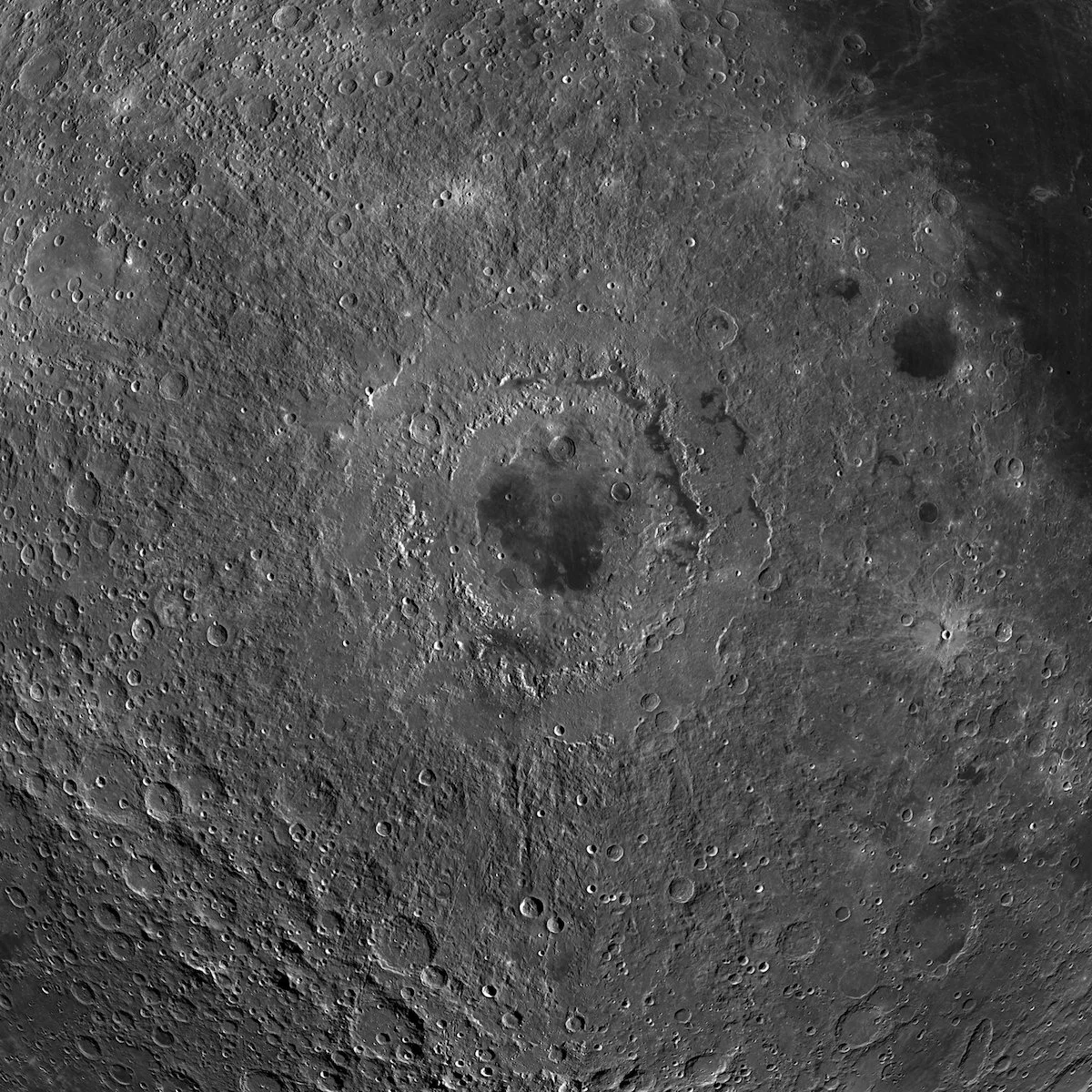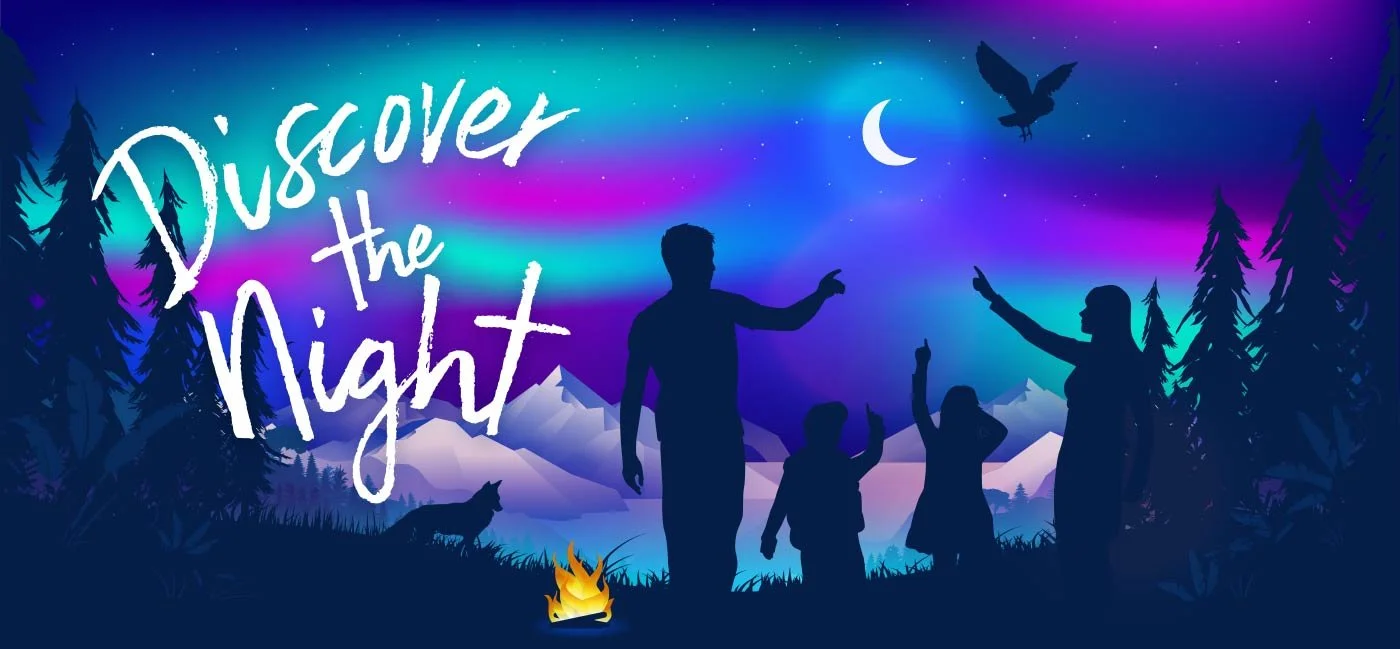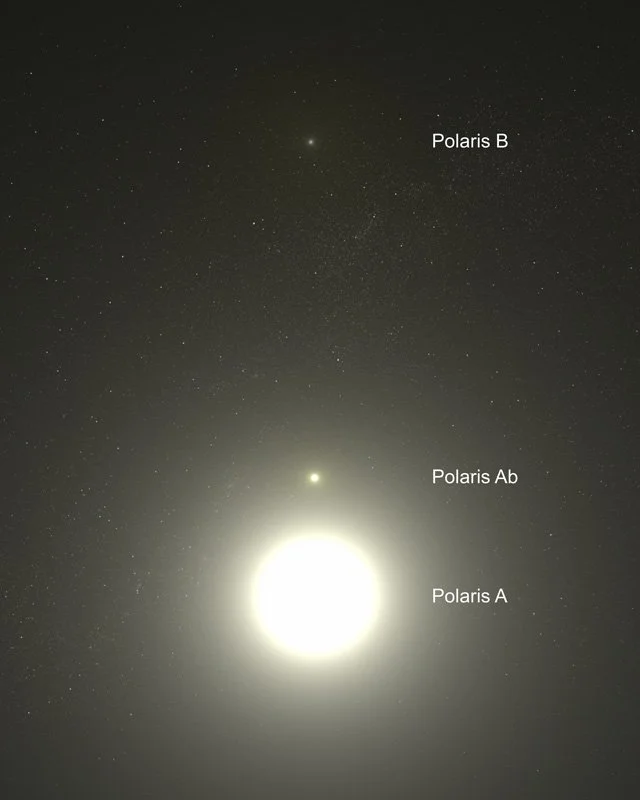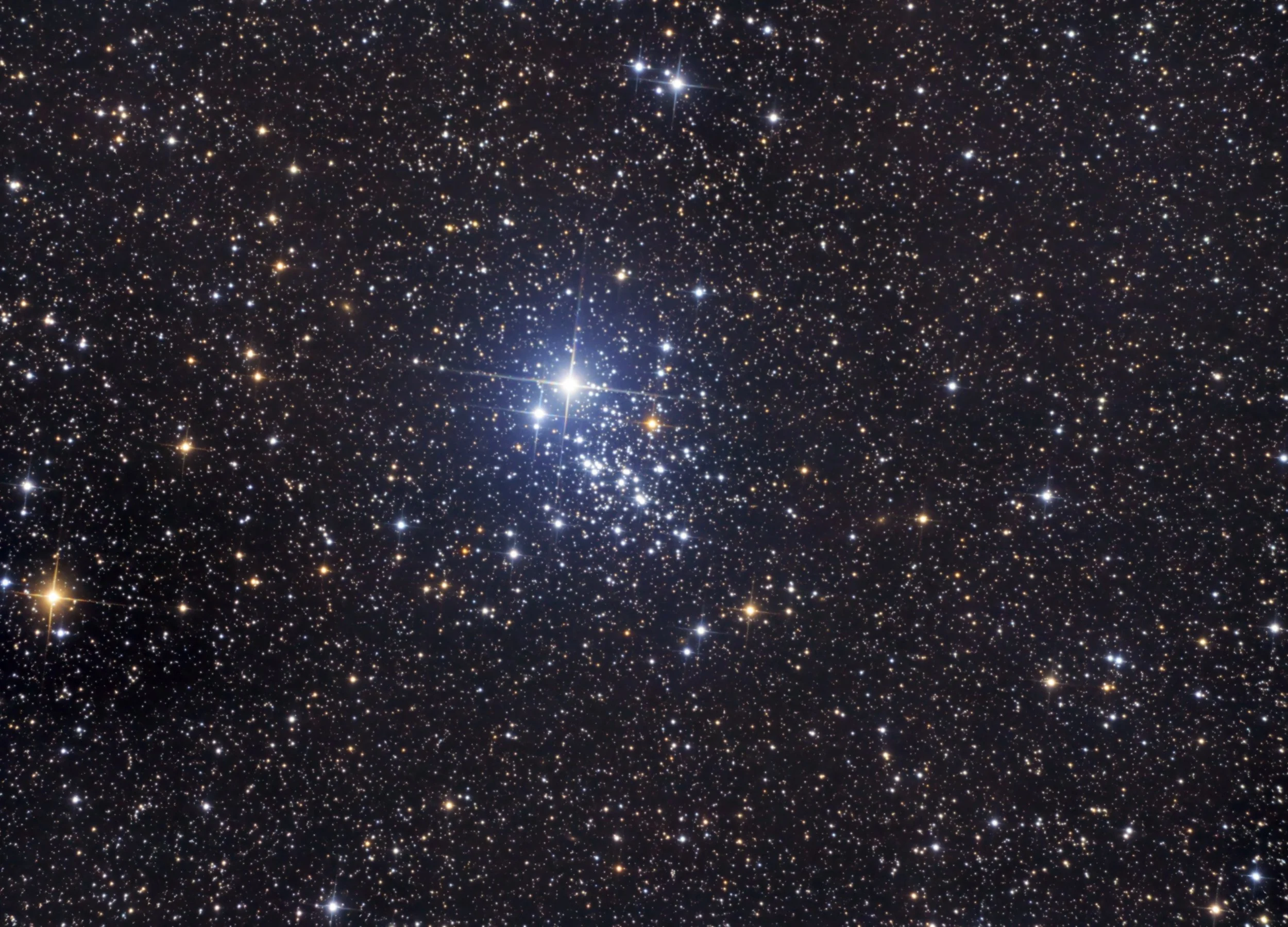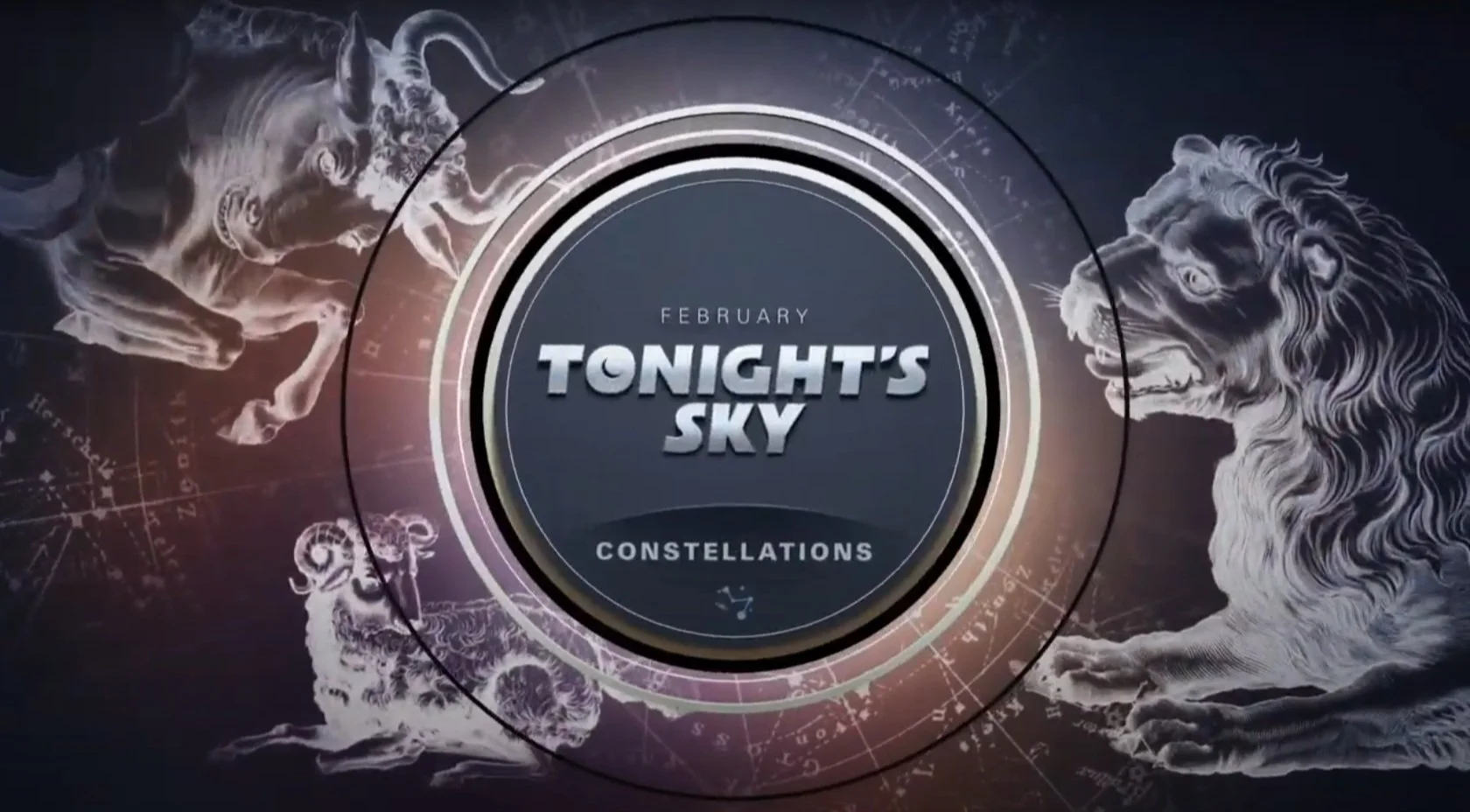Astral Projections Online February 2024
Check our Website for updated content at www.astra-nj.com
Club Presentations Wanted:
Does anyone have any astronomy items of interest to share with the membership?
Please let us know at Club Contacts.
Club dues and membership. If you renew after March 31 you will be renewed as a new member.
ASTRAL PROJECTIONS ONLINE (APO for short) is an email-linked publication for members only. If you exit APO to the club website or other resources you will need to use the emailed link again to get back to it. If you wish to retain a copy please bookmark or refer back to the email. We will make all efforts to post by the first week of the month.
Submissions Welcome: Members are invited to submit articles, photos, news, or stories for inclusion with Astral Projections Online. Please contact the ASTRA Webmaster.
Event Calendar
EVENT Cancellations: Members will receive email notifications of an event cancellation.
Upcoming February ASTRA Meeting
ASTRA's next meeting will be Friday, February 9, 2024, at 7 PM EST. This will be an in-person meeting at Novins Planetarium - Building 13. … Because of the Planetarium event in January, February will be movie night.
Upcoming Star Parties
Being planned now for 2024
Jakes Branch - March 16 - 6 PM to 8 PM
Jakes Branch - April 13 - 8 PM to 10 PM
Upcoming County & State Park Presentations 2024
Public Outreach Presentations, if any member wishes to support ASTRA outreach efforts with the public, please let Vinny, Ro, or Jim know of any interest.
County and State Park presentations require a registration fee, call the hosting park to reserve.
Jakes Branch - March 16 - 6 PM - Beginner Astronomy: Your First Telescope, followed by Star Party
Jakes Branch - April 13 - 7 PM - Saving Dark Skies, followed by Star Party
Cattus Island Nature Festival - April 27 - All-day event, volunteers needed.
Ocean County Library - March 12 - 6 PM - Beginner Astronomy: Solar Astronomy
Stafford Library - April 29 - Pending
Website Updates …
Please visit our club website. We continue to have additional updates, if some content would be useful to members please let us know.
“Astronomy’s much more fun when you’re not an astronomer.”
― Brian May, Astrophysicist and member of the band Queen
Renewing your ASTRA membership for 2024.
Forms can be found on the website or here.
Event Reports
No observing was done for January.
January ASTRA Meeting Summary
For our January ASTRA meeting, we had Vic Palmieri provide his show and tell that he missed with the December meeting. A homemade camera and lens mount for use on a telescope tripod. Next up was a special treat for ASTRA from the Novins Planetarium for us. A showing of Black Hole Behemoth. I would like to thank Cara Muscio and the rest of the Novins Planetarium staff for all they have done for ASTRA.
County Park Presentations
We had no county park presentations but did have two events for January.
Cape May Audubon Nature Center
On January 18, Jim Webster Presented to the Cape May Nature Center a second showing of Audubon Dark Skies presentation on the impact of light pollution with a primary focus on birds. Cape May is working on its dark sky footprint and hopes to get more of the word out to the community. It was also mentioned the benefits Cape May would get from some astro-tourism with MilkyWay photographers.
We had a showing of 25 people at this event.
Next up on January 22 was a presentation at Leisure Village West. Ninety community members came out for Beginner Astronomy: What to see in the night sky. This presentation covered observing from the Milky Way, the moon, and planets to deep-sky objects. This hour-and-a-half presentation was a great success with ninety in attendance. It was enjoyed by all and the community awarded ASTRA with a donation to the club.
Our Nearest Neighbor
Let’s explore some interesting features, facts, or myths about our nearest neighbor, the Moon. Without it, life on Earth would be totally different, if not at all.
Mare Orientale
A lunar maria are large, dark, basaltic plains on Earth's Moon, formed by lava flowing into ancient impact basins. Mare Orientale is a lunar mare. It is located on the western border of the near side and far side of the Moon and is difficult to see from an Earthbound perspective. Images from spacecraft have revealed it to be one of the most striking large-scale lunar features, resembling a target ring bullseye.
Compared with most other lunar basins, Mare Orientale is less flooded by mare basalts, so that much of the basin structure is visible.
Image Credit: NASA/GSFC/Arizona State University Published: October 20, 2017
The basalt in the central portion of the Orientale basin is probably less than 1 km (0.62 mi) in thickness which is much less than mare basins on the Earth-facing side of the Moon. As with basalts on Earth, mare basalts are formed by the partial melting of the lunar mantle, made of mostly pyroxene and olivine. The first basalts returned from the Moon came from the Apollo 11 landing site in Mare Tranquillitatis (Sea of Tranquility).
A short flyover video of Mare Orientale created from the Lunar Reconnaissance Orbiter: Kruger Astrophysics YouTube
Outreach material below is distributed free for public outreach.
Around The Web
The Northern Lights Might Be Visible From New Jersey This Year
The Northern Lights are often considered one of the most majestic sights on the entire planet Earth, and countless people are willing to make a pilgrimage up north to see them in person. But will it be possible to see them in New Jersey in 2024? This article from onlyinyourstate.com will review this.
Sky’s Up Magazine
Discover the latest issue of Sky's Up Global Astronomy Magazine, a collaborative effort by contributors worldwide, catering to a diverse global audience.
Proudly presented as the official magazine of the Explore Alliance, this publication is made possible by Explore Scientific.
Secure your copy of the latest Sky's Up Global Astronomy Magazine from Explore Scientific at www.explorescientific.com/skysup and embark on a journey through the cosmos.
Dark Sky News
Dark Sky Advocacy Getting Noticed
ASTRA Member Jim Webster and Dark Sky Advocate had a Zoom meeting on January 30th with Dark Sky International. An announcement for the DarkSky New Jersey chapter will be coming out shortly. Hoping we can time this with Jake’s Branch Exhibit.
We now have several advocates in the state and are also partnering with the Sierra Club Dark Sky group in a joint effort to deal with light pollution education and assist in getting things turned around.
If there is an interest in helping please let Jim Webster know.
Jakes Branch Exhibit Update
Had a brief review with Jakes Branch on January 31 on some exhibit updates. They are working on an interactive touchscreen light pollution display for public hands-on activity. It’s still being worked on but already looks great. I can’t wait to see the final product. The exhibit boards have been framed for additional protection to be wall mounted. We are looking at possible late March or April for it all to be ready to go.
We were asked to have an easy astronomy puzzle or worksheet for the exhibit. Something to discuss at our February ASTRA meeting.
Another Exhibit Display
Was informed on January 31 that the Friends of Great Swamp National Wildlife Reserve light pollution exhibit is out to print and is expected to be on display later this month. Another indirect ad for ASTRA and the Novins Planetarium.
On the lighter side of astronomy …
Members Submitted Articles & Items
Whatever it is, the way you tell your story online can make all the difference.
Nothing for December
For more go to NASA Jet Propulsion Laboratory webpage: What’s Up: Skywatching Tips From NASA
This article and images are distributed by NASA Night Sky Network
The Night Sky Network program supports astronomy clubs across the USA dedicated to astronomy outreach.
Visit nightsky.jpl.nasa.gov to find local clubs, events, and more!
Constant Companions: Circumpolar Constellations, Part 1
By Kat Troche
Winter in the northern hemisphere offers crisp, clear (and cold!) nights to stargazers, along with better views of several circumpolar constellations. What does circumpolar mean when referring to constellations? This word refers to constellations that surround the north and south celestial poles without ever falling below the horizon. Depending on your latitude, you will be able to see up to nine circumpolar constellations in the northern hemisphere. Today, we’ll focus on three that have gems within Auriga, Cassiopeia, and Ursa Minor. These objects can all be spotted with a pair of binoculars or a small to medium-sized telescope.
by Kat Troche of the Astronomical Society of the Pacific
The counterclockwise circumpolar constellations Auriga, Cassiopeia, and Ursa Minor, with four objects circled in yellow labeled: Pinwheel Cluster, Starfish Cluster, Owl Cluster, and Polaris. - Credit: Stellarium Web
The Pinwheel Cluster: Located near the edge of Auriga, this open star cluster is easy to spot with a pair of binoculars or a small telescope. At just 25 million years old, it contains no red giant stars and looks similar to the Pleiades. To find this, draw a line between the stars Elnath in Taurus and Menkalinan in Auriga. You will also find the Starfish Cluster nearby.
The Owl Cluster: Located in the ‘W’ or ‘M’ shaped constellation Cassiopeia, is the open star cluster known as the Owl Cluster. Sometimes referred to as the E.T. Cluster or Dragonfly Cluster, this group of stars never sets below the horizon and can be spotted with binoculars or a small telescope.
A black and white image from the Hubble Telescope of the Polaris star system, showing three stars: Polaris A, Ab, and Polaris B. - Credit: NASA, ESA, N. Evans (Harvard-Smithsonian CfA), and H. Bond (STScI)
Polaris: Did you know that Polaris is a triple-star system? Look for the North Star on the edge of Ursa Minor, and with a medium-sized telescope, you should be able to separate two of the three stars. This star is also known as a Cepheid variable star, meaning that it varies in brightness, temperature, and diameter. It’s the closest one of its kind to Earth, making it a great target for study and conceptual art.
Up next, catch the King of the Planets before it’s gone for the season with our upcoming mid-month article on the Night Sky Network page through NASA's website!
Let’s Explore Space - What’s in the Sky Febuary 2024
The Owl Cluster - NGC 457
NGC 457 is an open star cluster in the constellation Cassiopeia. Wikipedia
Radius: 15 light-years
Distance to Earth: 7,922 light-years
Declination: +58° 17′ 27″
Apparent magnitude (V): 6.4
Age: 21 million years
Apparent dimensions (V): 13.0′
Other designations: Owl Cluster, E.T. Cluster, Caldwell 13, Cr 12, Mel 7, OCL 321, Lund 43, H VII-42, h 97, GC 256
Discovered by William Herschel in 1787, hiding in the constellation Cassiopeia… is a star cluster that goes by many names. Its official name is NGC 457 for its place in Danish astronomer John Lewis Emil Dreyer's New General Catalogue, a list of over 7,000 deep sky objects compiled in the late 19th century. But most people know it… as the Owl Cluster.
Cassiopeia is a circumpolar constellation, which means for us here in New Jersey it will always be visible. But NGC 457 is best seen from Northern Hemisphere latitudes during August, September, and October. It appears high in the sky and even overhead from many locations. From latitudes greater than 32N, the Owl is circumpolar and never sets.
Since not included in the Messier catalog, NGC 457 is often overlooked and not as well known as other bright clusters. However, this beautiful group of stars is one of the best open clusters in the northern sky. Through 7x50 or 10x50 binoculars the two brightest stars form a lovely double star separated by 135 arc seconds. With averted vision especially on nights of good seeing the brightest cluster stars hint at resolution against a hazy backdrop. A small 80mm (3.1-inch) scope reveals a fine cluster consisting of two dozen mostly white stars with the brightest two yellow and blue.
Tonight’s Sky: February
In February, the Winter Triangle is your guide to the night sky: The northern hemisphere is treated to views of the stars Procyon, Sirius, and Betelgeuse. Keep watching for the awe-inspiring space-based views of the Orion Nebula, which is sculpted by the stellar winds of central bright stars.
Visit the STScI which produces Hubblesite.org video overviews for Tonight’s Sky.
They can be found both on Facebook and stsci.edu.
Submissions Welcome
Members are invited to submit articles, photos, news, or stories for inclusion with Astral Projections Online. Please contact the ASTRA Webmaster.








